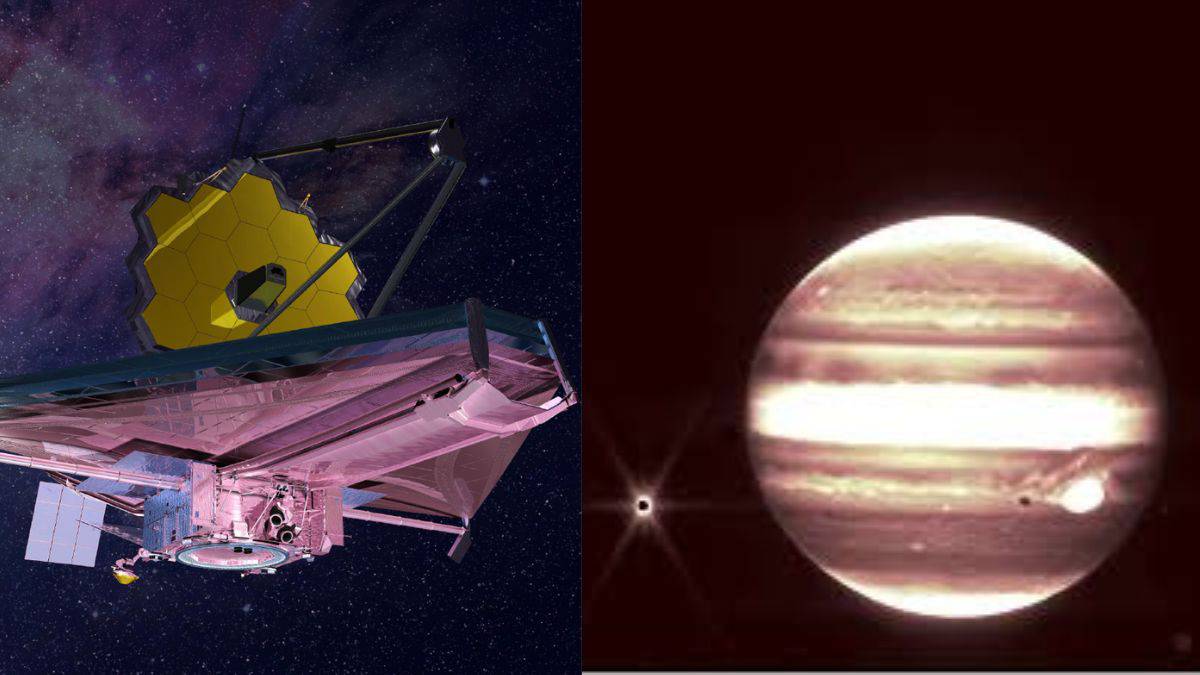James Webb Space Telescope is also revealing “bonus” images of our solar system

The Indian Space Research Organisation has posted on its Twitter handle images of an asteroid “as a bonus” taken by NASA’s James Webb Space Telescope. The tweet includes “even more Webb test data and images” and a shot of Asteroid 6481 Tenzing. NASA also says that it’s “just the beginning of Webb’s data.”
Even more Webb test data and images — like this bonus shot of Asteroid 6481 Tenzing — are now available, and this is just the beginning of Webb’s data. It’s true what they say: The data start coming and they don’t stop coming…https://t.co/73gI64CCwM pic.twitter.com/3U81zVtG8p
— NASA Webb Telescope (@NASAWebb) July 14, 2022
In the Twitter thread, NASA has also disclosed a “close-up” picture of Jupiter and its moon Europa taken with the Webb telescope. NASA reported that the images of Jupiter and several other asteroids were captured to test the telescope’s instruments before it initiated its operation of collecting “deep images” of space distributed on July 12, 2022.
Webb telescope NIRCam’s short wavelength filter captures the distinct bands encircling the planet and its Great Red Spot shows Jupiter’s enormous storm site.
The Space Telescope Science Institute’s researcher Bryan holler said, “Combined with the deep field images released the other day, these images of Jupiter demonstrate the full grasp of what Webb can observe, from the faintest, most distant observable galaxies to planets in our own cosmic backyard that you can see with the naked eye from your actual backyard.”
Webb images also have shown Jupiter’s moon Europa consists of a massive ocean beneath the thick icy crust. Europa is important for NASA’s upcoming mission Europa Clipper which will be conducted to determine the thickness of the moon’s icy crust in order to search for subsurface lakes similarly seen in Antarctica.
Webb’s deputy project scientist for planetary science Stefanie Milam said, “I couldn’t believe that we saw everything so clearly, and how bright they were….It’s really exciting to think of the capability and opportunity that we have for observing these kinds of objects in our solar system.”
Apart from finding planetary bodies Webb also successfully tracked down and found asteroids in the vicinity of Jupiter. It shows the efficiency of the telescope to haunt down moving objects.
The Webb telescope located an asteroid named 6481 Tenzing can be seen in the asteroid belt between Mars and Jupiter. According to NASA scientists, Webb is designed to track down objects that can move as fast as Mars with a maximum speed of 30 milliarcseconds per second. However, the Webb team says that the telescope can track and capture up to a speed limit of 67 milliarcseconds per second.
After producing “deep space” images this week on July 12, the Webb telescope is all set to initiate new projects to discover more in the realm of the cosmos.

